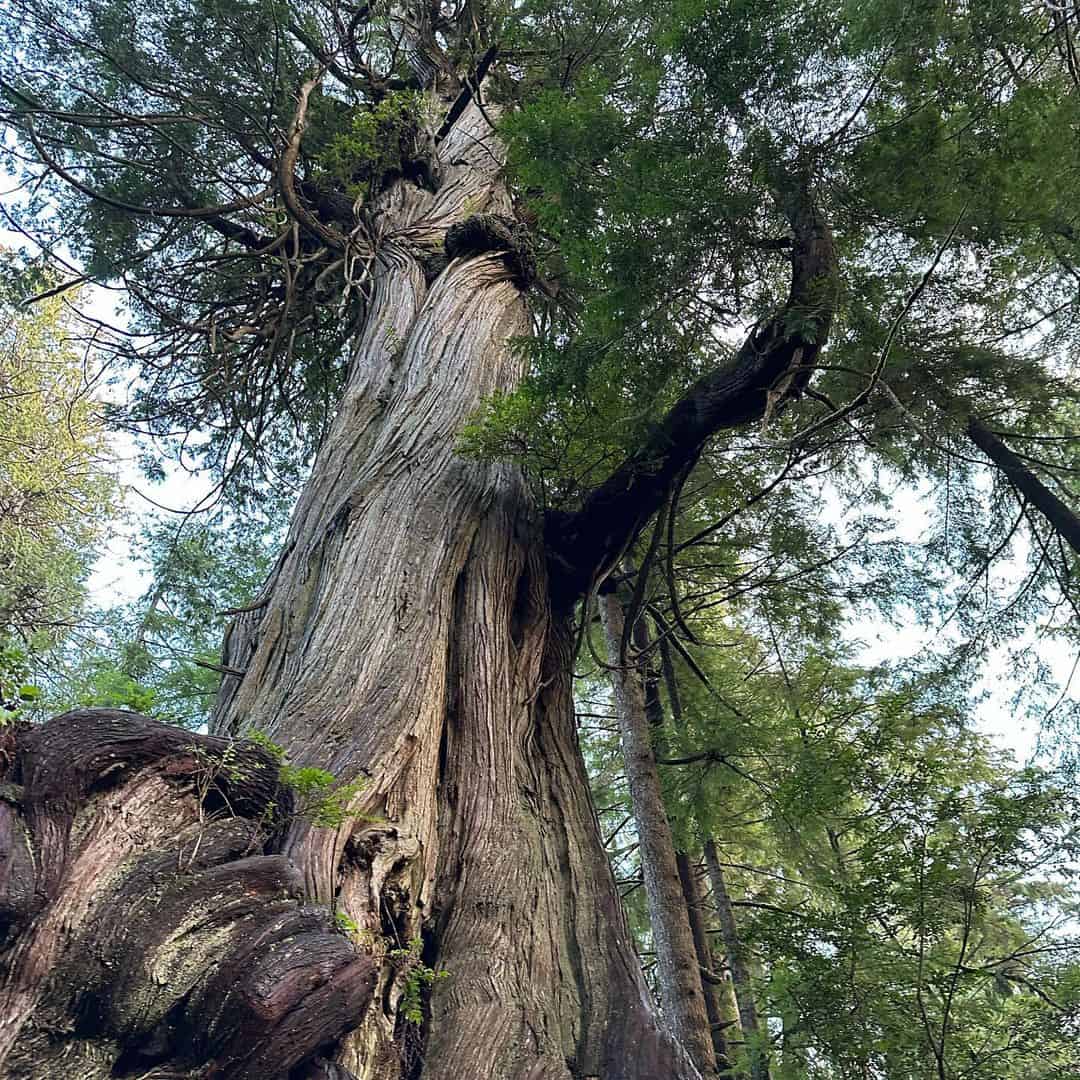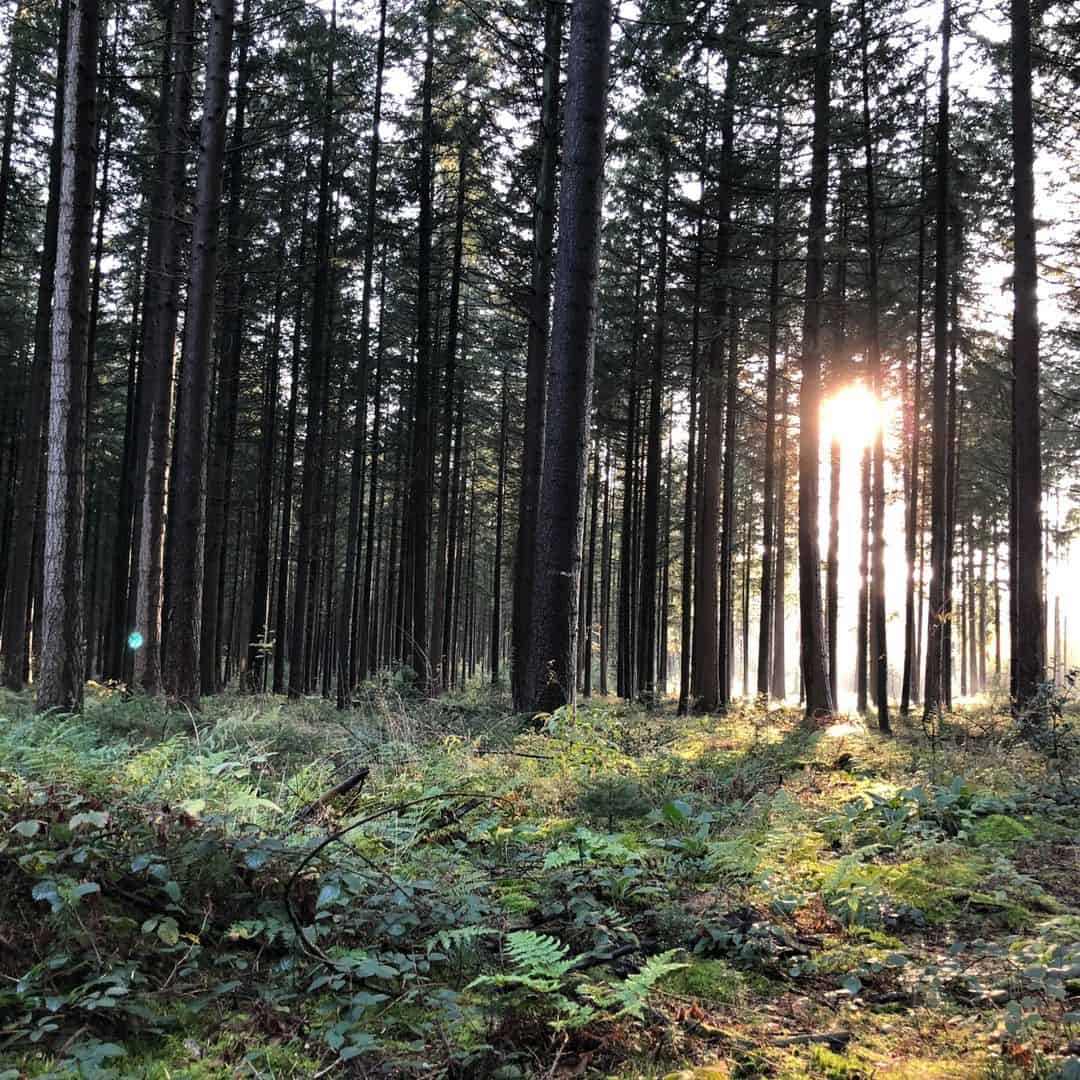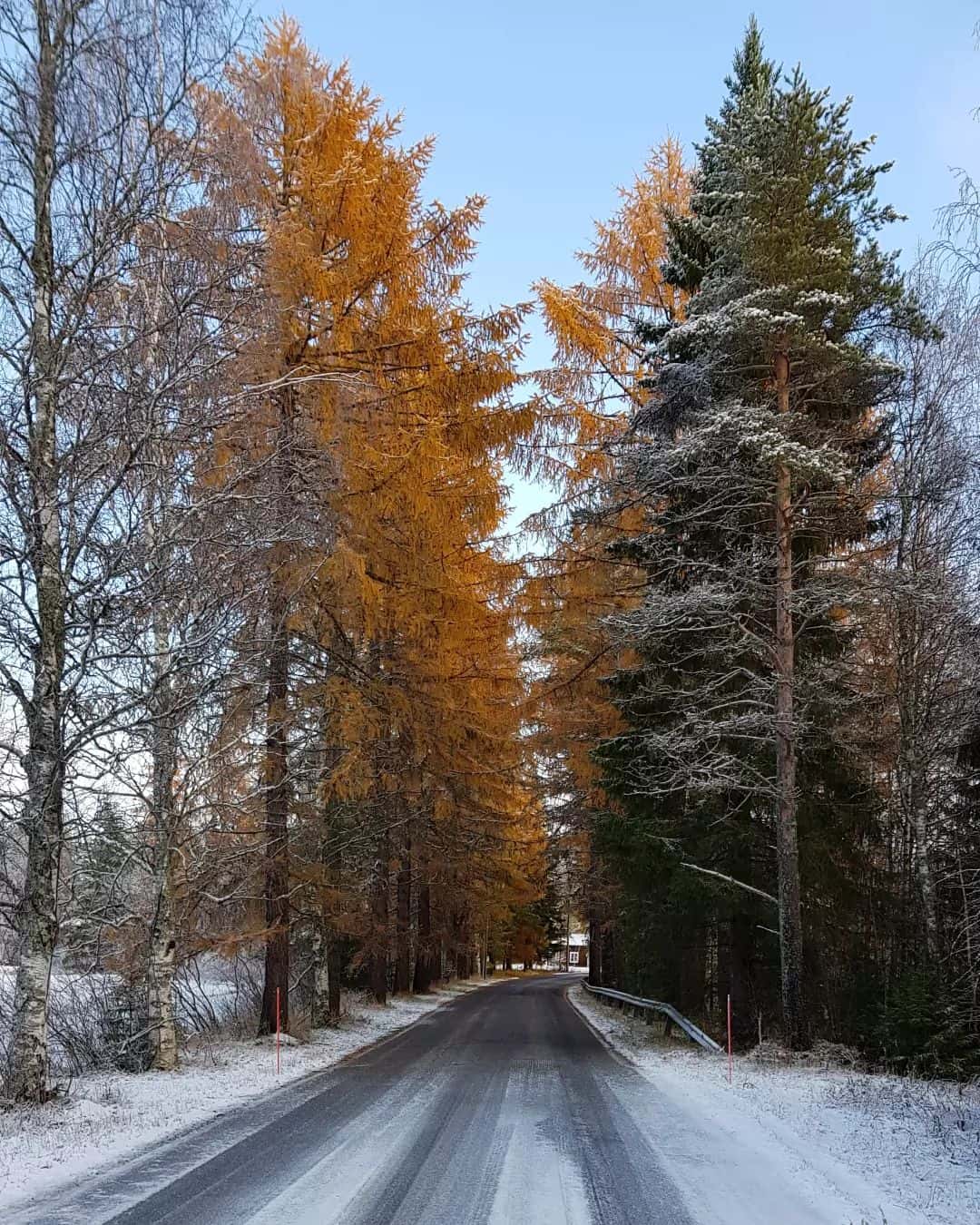If you are going to use spruce in a woodwork project, it is important to know if spruce is hardwood or softwood. Why does this information matter? It is because softwoods and hardwoods are often used for different purposes and are different to work with.
In this article, you will find the answer to the question is spruce hardwood as well as a plethora of useful information about spruce wood.
Table of Contents
What Are Spruce Trees?
Spruce trees belong to a family called Pinaceae. They are coniferous evergreen trees. The adult trees in this family grow very tall and the average growth rate of spruce is between eight and twelve inches in a year. The tallest spruce species is the Sitka spruce and they can grow up to 300 feet tall.
Is Spruce Hardwood?
Spruce is not a type of hardwood. Instead, it is softwood and has a lower density than most hardwoods. Other types of softwood include cedar, larch, pine, and fir trees. Compared to hardwoods, softwoods are weaker, grow faster, and have a lighter color.
However, some softwoods such as juniper, yew, and aromatic red cedar are stronger and harder than hardwoods.
Qualities of Spruce
Spruce is an affordable type of wood. It is stable, lightweight, and popular because of its versatility. It is also easy to work with tools. The hardness and density of spruce are similar to pine wood, which makes pine a great alternative to spruce. Both spruce and pine can get dented and scratched easier than hardwood.

outdooraisha
Types of Spruce
While there are 35 species of spruce, some species are better known than others. The species people are usually more familiar with are the white spruce, black spruce, Norway spruce, and Sitka spruce. The weight, hardness, and price differ but the grain patterns, color, and appearance are very similar.
1. White Spruce
White spruce is a stable and durable species of spruce. It is moderately rot-resistant and has a uniform texture created with a straight grain. Woodcuts of white spruce can have black knots. White spruce has yellowish-white heartwood and creamy white sapwood with some yellow. It can grow up to 110 feet tall.
2. Black Spruce
Black spruce, like white spruce, is a durable and light spruce species. It has a straight, fine grain, and a uniform texture. The appearances of the heartwood and sapwood are the same as in the white spruce. Black spruce is native to the north of the United States. It can grow up to 30-50 feet tall and have a diameter of 1.5 feet.
3. Norway Spruce
Norway spruce has a light appearance and a uniform texture and is often used to make furniture and flooring. The heartwood is brown or reddish-brown and sapwood ranges from white to pale yellow. It is a fast-growing tree and can reach heights of 180 feet. Norway spruce is native to Central, North, and Eastern parts of Europe.
4. Sitka Spruce
The Sitka has a high weight-to-strength ratio, which makes it a good option for boats and aircraft. It has pinkish-red heartwood and sapwood ranges from cream to white and yellow. The grain is fine and has a uniform texture. The trees can grow up to 330 feet tall and have trunks up to 6 feet in diameter. It is native to the northern United States.
What Are The Advantages of Spruce?
There are many advantages and great qualities to spruce which explain its popularity in several industries and for a range of purposes.
1. Spruce is Easily Available And Inexpensive
Because spruce grows in various locations around the world and is a fast-growing species, it is readily available. This also makes it affordable. In price and availability, spruce is similar to pine.
2. Spruce Wood Has a Uniform Texture
The texture of spruce is fine and even and its grain is consistently straight. This quality gives objects made of spruce a smooth finish and a uniform appearance.
3. Spruce is Easy to Work With
The majority of spruce species are easy to work with, which makes spruce popular with carpenters. Using softwood rather than hardwood in carpentry saves time and resources and makes it easier to achieve desired shapes.

gabrieleschliwa
What Are The Disadvantages of Spruce?
While spruce has many great qualities and advantages, such as its affordability and availability, it also has disadvantages. When choosing a type of wood for a project, you need to consider both the advantages and disadvantages carefully.
1. Spruce is Not Very Rot Resistant
One of the disadvantages of spruce is that the wood in the center of the tree, called the heartwood, is only low to medium resistant to rot. This means that untreated spruce can rot easily. The rot resistance can be improved by treating the wood.
2. The Durability of Spruce Does Not Match Hardwoods
Spruce is a type of softwood that is not as durable as hardwood nor is it best suited for outdoor uses. Regular maintenance and staining or sealing of the surface can improve the durability and lifespan of spruce.
3. Spruce is Prone to Insect Attacks
Spruce is known to attract insects and fungi. While sealing or painting can prevent insects and fungus growth, it is still best not to use spruce for outdoor buildings or furniture.
Where is Spruce Used?
Because spruce is softwood, its qualities make it suitable to use in a range of industries from building sites to paper and musical instruments.
1. Using Spruce in Building And Construction
Spruce is often used in the building and construction industry because it has good stiffness and straight ratio. It is an inexpensive option compared to several other softwood and hardwood and it is readily available. Spruce is easy to bend and handle, which means it is an ideal material to craft into any shape or structure.
2. Spruce is Often Used to Make Musical Instruments
Because spruce is so easy to craft, it is often used for musical instruments and parts. It is a popular material for violins, guitars, and pianos. Spruce has closed growth rings which makes it a great tonewood and helps give the instruments a great sound.
3. Spruce is Used in Paper Production
Spruce lumber is a common material in paper production. Its cellulose fiber has long fiber lengths which are key to making good-quality paper. Softwoods other than spruce are also used in paper manufacturing including pine, hemlock, and fir.
4. Box and Crate Manufacturing
Wood from spruce trees is often used to make boxes and crates. Even though spruce is softwood, it is strong and boxes and crates made from spruce can be used to carry even the heaviest goods.
5. Aircraft And Boats
Although wood might not be the first material that comes to mind when thinking of aircraft or boats, it is often used in manufacturing them. It is strong, durable, lightweight, has medium resistance to decay, and finishes well. These qualities make treated spruce a popular choice for aircraft and boats.

mizaza10
Workability of Spruce Wood
Because spruce is softwood, it is easy to work with using either hand or power tools. It can be easily curved and cut. Sometimes, the wood may have knots that can make it more difficult to work with. It can also split easily and some spruce species are so soft that they do not hold screws or nails well.
Staining Spruce
If you would like to give spruce wood a different finish, you can stain it. Since it is light-colored, a wide range of stains will work with it. When staining spruce, you need to prepare the surface before adding the stain or you can get an uneven, blotchy finish due to the spruce absorbing the stain so quickly.
Using two coats of a pre-conditioner will create a thin layer between the spruce wood and the stain and slow down the process of absorption. This will help the finish to be more even. If you wish to use spruce outdoors, choose an oil-based stain to protect the wood from sunlight, wind, and rain.
Painting Spruce Wood
It is relatively easy to paint spruce, but to get a smooth, uniform finish, preparing the wood is important. Before painting, sand the surface with medium-grit sandpaper. This will smoothen the texture of the wood and help the paint spread more evenly. After sanding, apply primer to the wood, and then it is ready for painting.
How Does Hardness of Spruce Compare to Other Woods?
We can compare types of wood by looking at how hard they are. For example, both spruce and pine are softwoods, but most spruce species are harder than pine. Black spruce has a hardness of 520 lbf, white spruce 510 lbf, and white pine 420 lbf.
If you would like to compare spruce to hardwood trees, for example, oak the rating is a lot lower. White oak has a hardness level of 1,360 lbf and red oak of 1,290 lbf. When comparing cedar and spruce, the result depends on the type of cedar. While red cedar has a hardness rating of 900 lbf, white cedar’s rating is only 320 lbf.
If you would like to learn more about the hardness ratings of different types of wood, you can watch this video.
Conclusion
Choosing the right type of wood for woodworking projects is important for its success. Spruce, which is a softwood, can be ideal for many projects because it is easy to work with. However, it is not suitable for all types of woodwork, especially outdoors, because its heartwood only has a low to medium resistance to rot.
We hope you have found all the information you were looking for in this article. However, if you would like to ask us anything about these evergreen conifers, you can write your questions in the comments box.